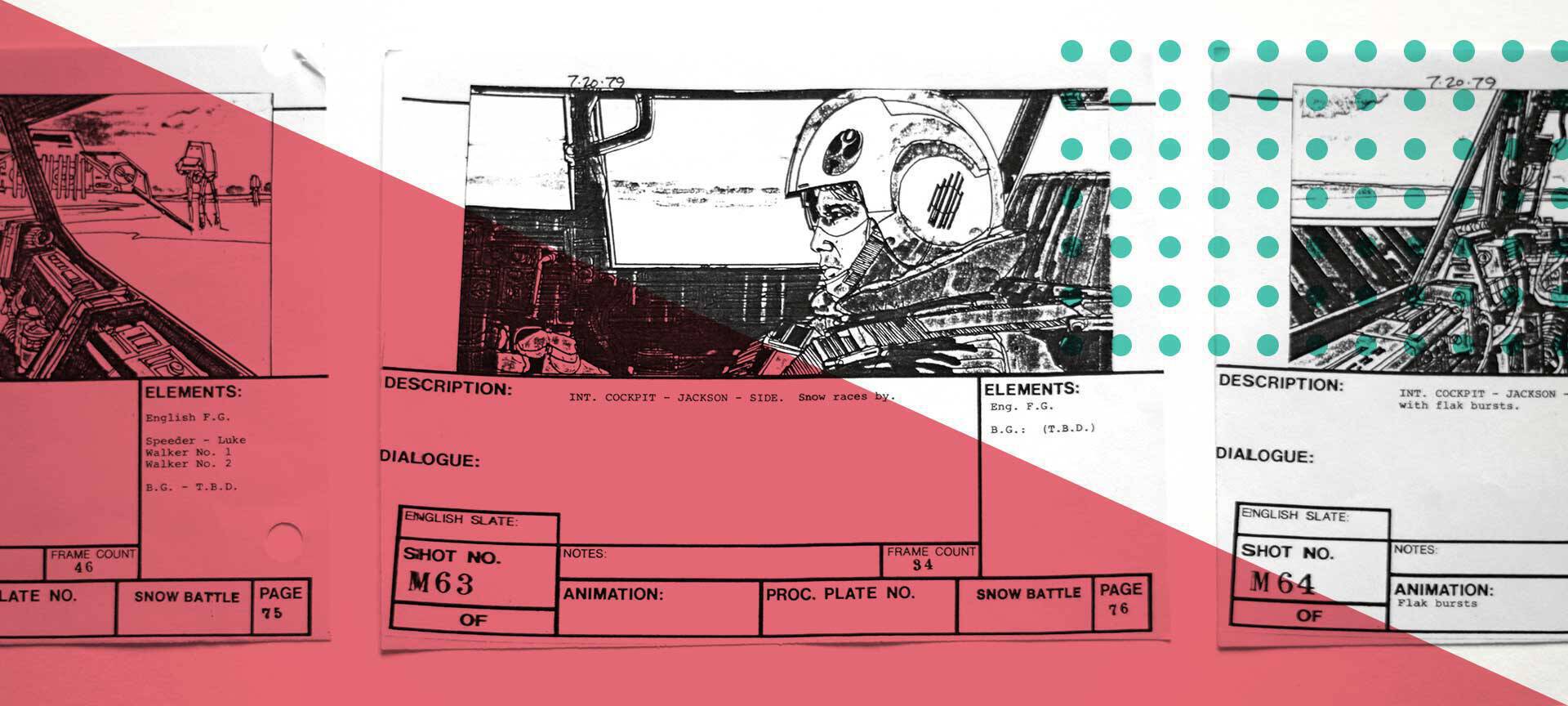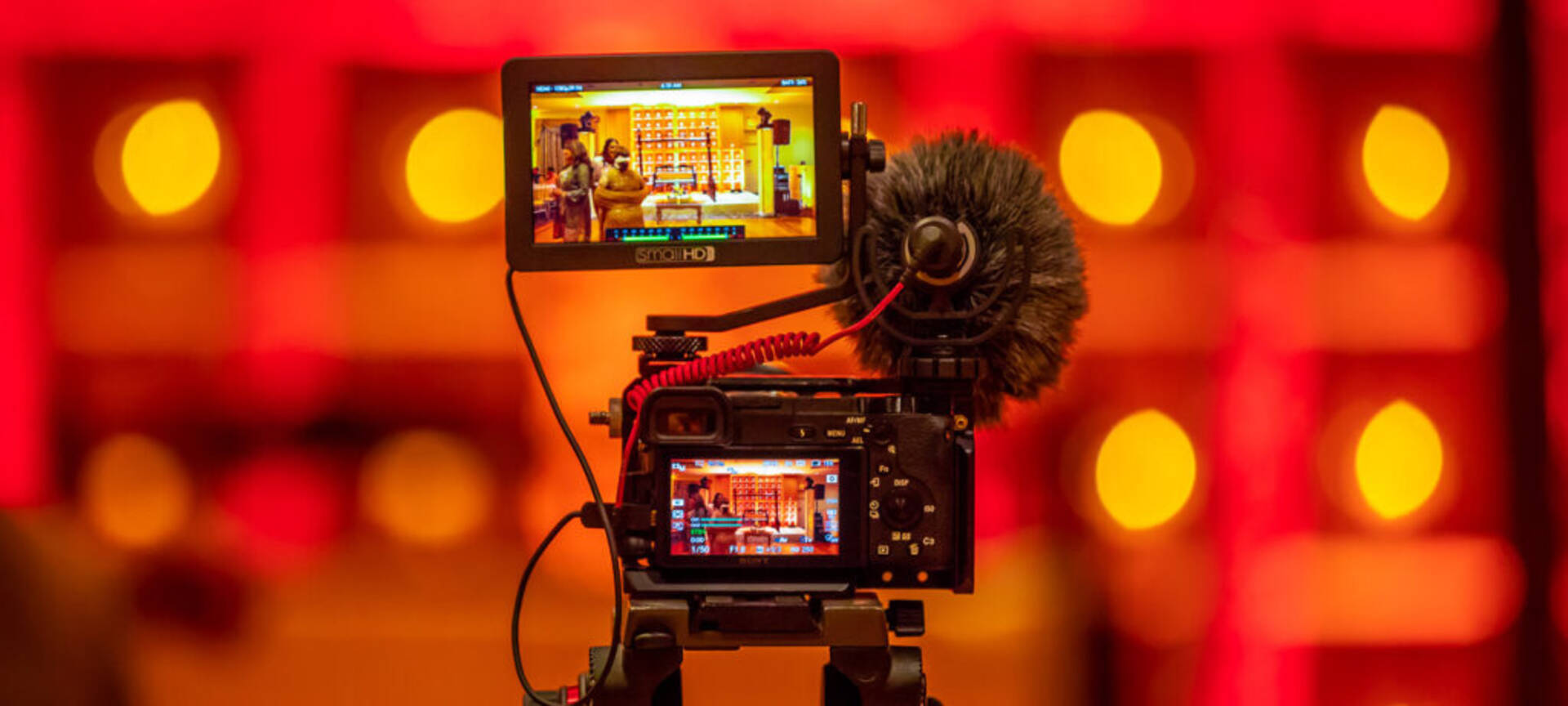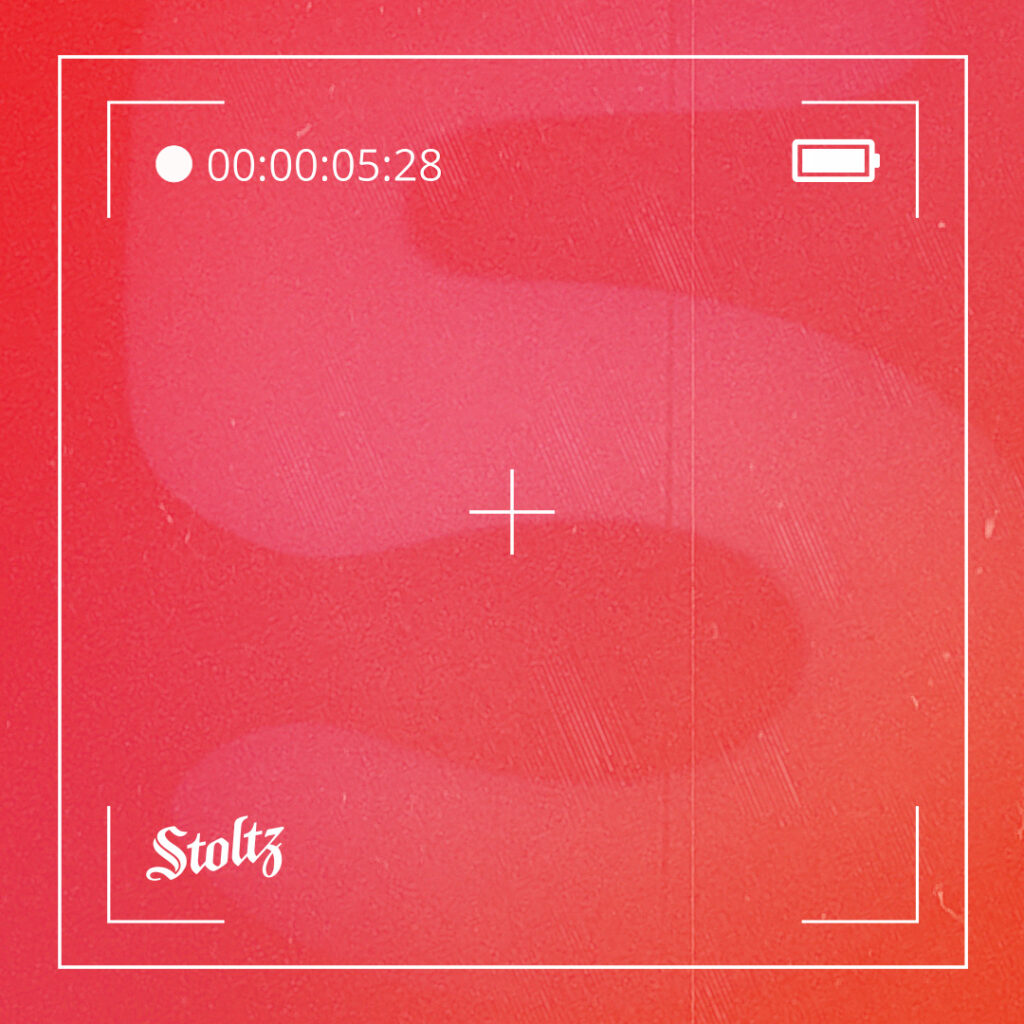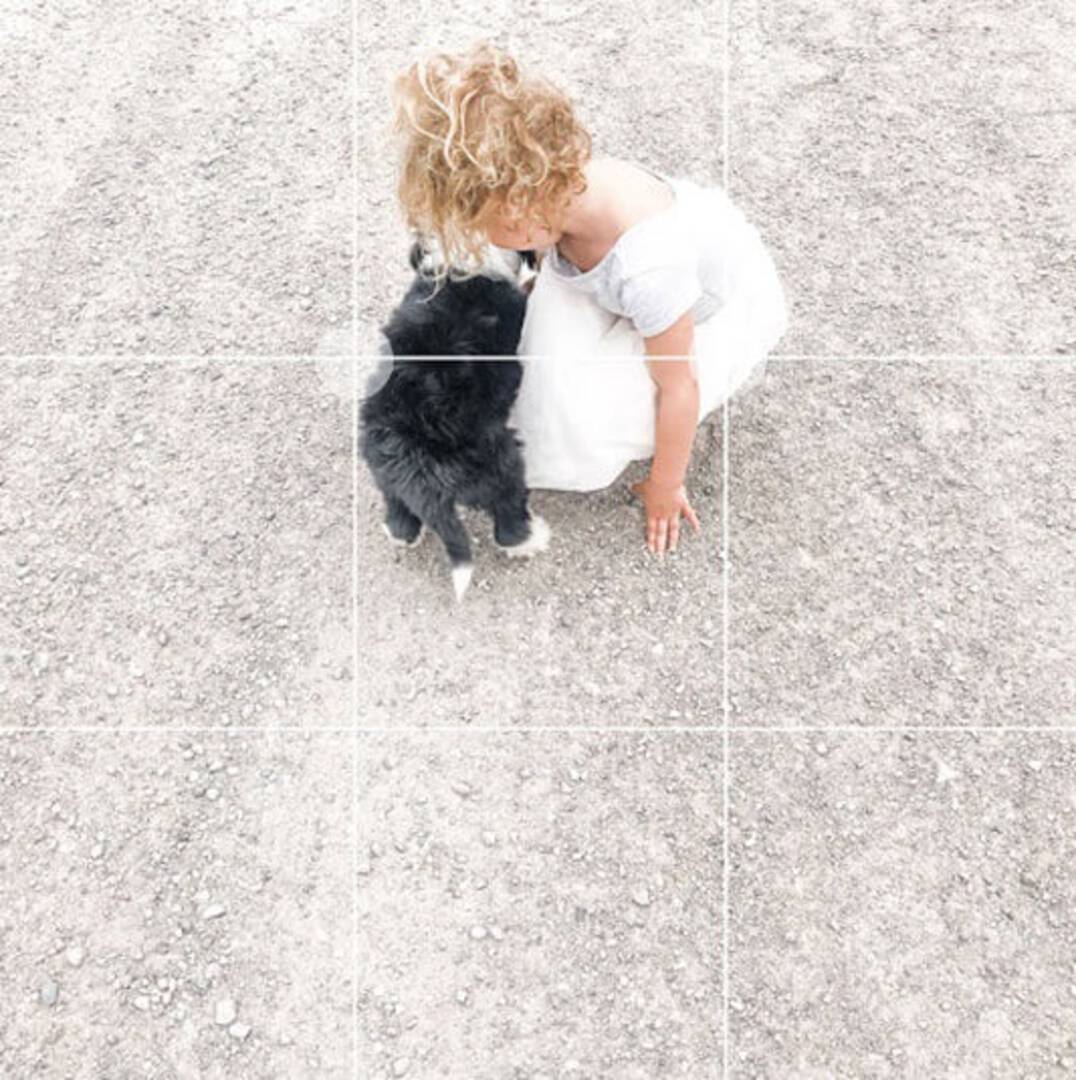October 9, 2019 – Jake Smith
Video is like food. There are traditions, types and recipes to follow when making it. You’re creating a sensory experience, and, hopefully, building a sense of anticipation. One can make your belly rumble. The other can make your heart beat. Both can help you find comfort, if they’re made right.
A chef doesn’t just show up with a meal. There’s a menu, ingredients, recipe, crew, prep instructions, etc. A videographer doesn’t just show up with a video. There’s a script, storyboard, shot list, crew, process, etc.
So, what’s the point of this article?
Video pre-production for creative agencies like Stoltz is just as critical as food preparation is for restaurants. There are consequences when corners are cut. What happens when you take away pre-production?
What is video pre-production? Can’t we just start shooting?
Video pre-production includes the planning, preparation, and processes that happen before the shoot. Pre-production includes a lot of different variables, including a …
Like a chef has a recipe, a director has a script. It’s a road map for a video. Without a solid recipe, the meal can end up a disaster. The same could be said for the concept and execution of a script.
A restaurant will build out a menu so that customers can understand what will be in their meal. A storyboard built in pre-production will help the client understand what will be in their video.
A kitchen has a list of ingredients and methods to prepare various recipes How the kitchen decides to bake, broil, or cook them will depend on the dish. A studio will have a cast list and a way to shoot them. How the studio decides to compose, light, and record the cast will depend on the video. Without a proper list of ingredients (mentally or physically recorded), there could be something crucial missing that completely ruins the meal. The same goes for a shot list and a cast list.
An order taken by a waiter/waitress is like a creative brief built by an account manager. If you don’t listen well and get the order right, people ain’t getting what they wanted.
Building an accurate project timeline in pre-production is like telling a party of four when they should expect a table to be available (and later, when food will be coming from the kitchen).
Location and tech scouting, the process of traveling to and understanding the limitations/strengths of a given scene, is like a chef sourcing ingredients and produce for their dish.
A kitchen has a crew. A busser is critical. A production studio has a crew. A production assistant is critical. During pre-production, a studio will find a crew for the video at hand. It’s the same in a kitchen. Sometimes you can get by with one or two folks behind a grill. Sometimes the output or complexity of the dish is just too much for a small crew.
Knowing how something will be plated is like knowing where a video will be placed according to the media plan. That’s something that’s determined during pre-production.
Accurately formulating a budget during pre-production is like knowing how much the swordfish on the menu will be, as well as the appetizers. Sometimes these prices fluctuate. It depends on where you are and what you’re eating. In video, it’ll have a ripple effect across the entire production and into promotion.
Brands don’t have to shoot art house films that magnify the human condition, but it is best practice to put some careful thought into video before shooting.
If a creative agency tells you pre-production is necessary, know that it isn’t just a line item to squeeze cash out of the client. It’s a part of the process that will not only improve the outcome, but likely save you money in the long run.
Pre-production is the difference between this:



